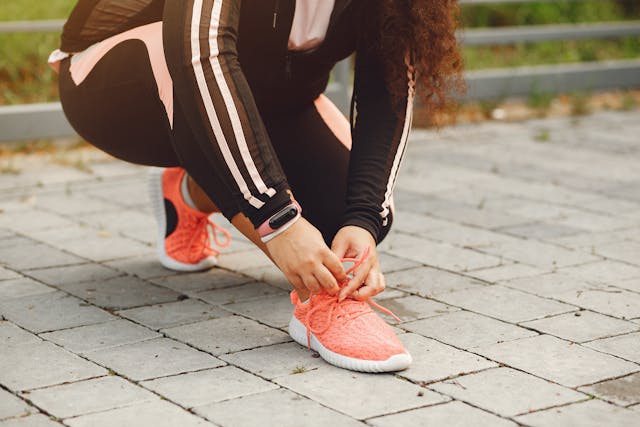Everyday shoes are meant to be comfortable so that you can stand and work in them for as long as necessary. They should not pinch or pinch your foot and should be comfortable enough to wear without you noticing any pain. To find the best shoes to support your feet, you need to shop at the right times and know what to look for. These five things are just a few things to consider when choosing your new everyday shoes.
1. Shop with your comfort in mind
Knowing what you’re looking for is only half the battle. When you’re shoe shopping, prepare to get as close to your average fit as possible. For example, you should wear the socks you want to wear every day when you go to buy new shoes. This way, the thickness of the socks can help you determine the desired fit.
In the store you should walk around to see how you feel in the shoes and whether they slide off your feet as you move. If you think you’ll be running in the shoes, go for a jog or sprint in the store so you know how they will feel on your feet and ankles. Don’t buy a shoe that doesn’t perfectly match your desired activity level.
2. Look for supportive ridges
Most people turn to running and walking as pastimes that get them outdoors, while others view these activities as great ways to get rid of stubborn fat cells and celebrate the work their bodies can do. You need to be able to trust that your shoes will support you in every movement you make. Backless or low back shoes cannot properly support your ankles during all their activities. Look for an everyday shoe with a supportive back so you don’t accidentally step on it or twist your ankle in the middle of the day.
3. Remember that a bargain isn’t always the best
You may be tempted to buy inexpensive shoes to save your wallet, but never compromise on something as important as the strength and structure of your feet. Prioritize finding a shoe that supports you correctly and you wear without causing pain to any part of your foot.
If a type of shoe is on sale, it may not be the best fit for your foot. Always research which shoes best suit your training level and step count. More often than not, you’ll find that a lot of it wouldn’t actually work for you in the long run. Remember that a good pair of shoes are worth the price and will last longer than a shoe that is on sale and cheaply made.
4. Get measured
Because your foot size will change over time, you should measure your feet before buying a new pair of daily shoes. What has worked for you in the past may not be the best option for you now. To get the best results, measure your feet while standing rather than sitting. This way you understand which shoe suits you best.
5. Buy in the afternoon
While it can be helpful to save shoes for special occasions in the morning, it’s best to buy your everyday shoes in the afternoon or evening. Your feet are at their most swollen point at this time so that you have the most precise fit you can. By shopping in the morning, you can accidentally buy shoes that won’t fit all day.
Select the best shoes for you
Finding your best everyday shoe is as simple as considering a few factors. Knowing the best time to buy the type of shoes you want to wear and avoiding the bargain bin can benefit you and lead you to a pair of shoes that fit you perfectly. Keep in mind what you want to do every day and what activity level you want to achieve. Your everyday shoes should support you through everything and keep you comfortable, easing pain rather than worsening it.





